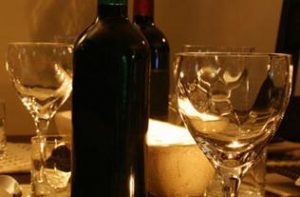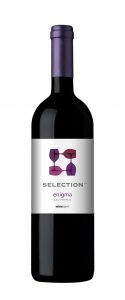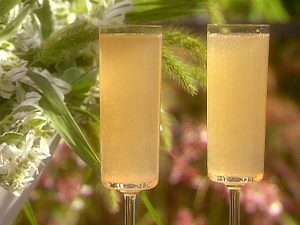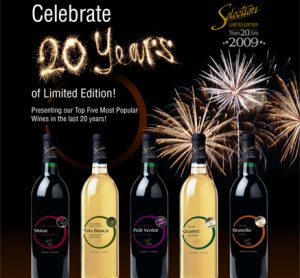Learning about wine may seem like a daunting process but it doesn’t have to be. By familiarizing yourself with a few wine terms you can easily remove the mystique. Perhaps the simplest beginning for anyone looking to build their knowledge of wine is with the glossary below. This list provides a general understanding of some commonly referred to wine terms and although it’s certainly not necessary to remember all of these terms, knowing just a handful is a good place to start.
Acid: An aspect of taste in a wine. Sometimes described as sour or tart. The taste buds that detect acid are on the sides of the tongue. The acidity of a wine is an important component that should be in proper balance. Proper acidity provides crispness and life to the wine.
Appellation: The specific area a wine comes from. It can refer to a region, such as Bordeaux or Burgundy in France, for example. It can refer to an even more tightly defined sub-region within, say, Bordeaux, such as The Médoc.
Balance: Harmony or “being in tune” among the various components of wine, fruit, tannins, alcohol and acidity.
Barrel Aging: The process of maturing wines in a barrel for months after fermentation.
Barrel Fermentation: Winemaking technique whereby alcoholic fermentation results in a barrel (usually oak).
Big: A wine that is powerful in flavor or tremendously harmonious in how it presents its components (see “balance”) can be called big. You can also use this term if you just really really like the wine!
Body: The texture and weight of a wine. The more substantial and flavorful a wine tastes, the more body it has.
Bordeaux: The most important wine region in France. Wines from this area are called “Bordeaux”. Red wines from Bordeaux are primarily blends of Cabernet Sauvignon, Merlot and Cabernet Franc. White wines from the region are usually blends of Sauvignon Blanc and Semillon.
Bouquet: The array of aromas in a wine. Also known as “the nose”.
Brut: Refers to dry Champagne or Sparkling Wine. The authorities in the Champagne region of France use this term to denote added sugar.
Cava: The name for Sparkling Wine (similar to Champagne) from Spain.
Chablis: White wine from the Chablis area of France. Made from Chardonnay grapes.
Champagne: An important region of France, most known for its production of the only sparkling wine that can truly be called Champagne. The méthode champenoise was invented there.
Chewy: A way of describing especially thick texture and/or tannins in red wine.
Claret (Clairet): In England, “Claret” refers to English-style Bordeaux or wines from Bordeaux. In France “Clairet” is a particular Bordeaux that is produced like red wine but the must stays in contact with the skins for the first 24 hours during its making.
Complex: In wine-speak, this is a positive term, referring to lots of different flavor and aroma components in a wine. Dry/Off
Dry: Little or no sugar = “dry”, slightly sweeter = “off dry”.
Fermentation: A process whereby yeast acts on the sugars in ripe grapes to produce alcohol.
Icewine: A special wine produced by leaving the grapes on the vine until they are well frozen. They are then hand-picked and immediately pressed, while still frozen. The frozen must is then fermented and aged in barrels. Icewine is thick and sweet with rich and complex flavors.
Late Harvest: Indicates grapes that are picked as late as possible in the season for maximum sugar content.
Malolactic: Often used in the making of Chardonnay; an additional fermentation that turns malic acids into lactic acids. Compare apples vs. creamy vanilla.
Oak: Wine is often aged in oak barrels to add that distinctive “oaky” flavor. The process can add a hint of vanilla and butter to whites and tobacco, coffee or simply “oak” flavor to reds.
Sediment: The pieces of debris at the bottom of a bottle aged wine that has not been filtered. One of the reasons for decanting a wine.
Sommelier: In a fine restaurant, this is the person responsible for only the wine selection and is able to assist you with selecting a wine with dinner.
Tannin: This taste sensation comes from seeds, stems and skins of grapes, imparting a “pucker” to the taste as well as complexity and structure.
Varietal: Refers to wine made from a specific grape variety like Cabernet Sauvignon, Merlot or Chardonnay.
Vintage: The year in which the grapes were harvested.
Wine Glossary Adapted from: Wine and Leisure.com Photo Credit: Vermont Culinary exchange










